Coal mine to become "museum city"
Nebojša Bradić and Josep Lloveras marked the beginning of a project for the transformation of Senjski mine into a museum city.
Sunday, 14.06.2009.
16:35

Nebojsa Bradic and Josep Lloveras marked the beginning of a project for the transformation of Senjski mine into a museum city. The coal mine, located near the town of Cuprija in central Serbia, is also set to become the center of industrial heritage. Coal mine to become "museum city" This is the first project that deals with the cultural development of Serbia that won the support of European Union (EU) funds worth EUR 1.5mn, as part of a regional program for cultural and natural heritage of southeastern Europe. Although the European Commission is expected to give its official approval for this project in the fall, Bradic, who holds the culture portfolio in the current government, pointed out that the unveiling of a plaque on the museum building marked the beginning of the process of transforming the rudnik mine into an eco-museum. The pace of the realization of the project will depend on the persons who will be in charge of managing the project – officials of the Culture Ministry, experts, and the locals, he said. Lloveras, who heads the European Commission (EC) in delegation in Serbia, described the project for the revitalization of the mine as one of the best among the 26 from southeastern Europe which applied for EC funds. Senjski mine currently employs 230 persons, including 180 miners. It produces around 45,000 tons of coal annually. Lloveras, Bradic (second and third from left) at Senjski mine (Tanjug)
Coal mine to become "museum city"
This is the first project that deals with the cultural development of Serbia that won the support of European Union (EU) funds worth EUR 1.5mn, as part of a regional program for cultural and natural heritage of southeastern Europe.Although the European Commission is expected to give its official approval for this project in the fall, Bradić, who holds the culture portfolio in the current government, pointed out that the unveiling of a plaque on the museum building marked the beginning of the process of transforming the rudnik mine into an eco-museum.
The pace of the realization of the project will depend on the persons who will be in charge of managing the project – officials of the Culture Ministry, experts, and the locals, he said.
Lloveras, who heads the European Commission (EC) in delegation in Serbia, described the project for the revitalization of the mine as one of the best among the 26 from southeastern Europe which applied for EC funds.
Senjski mine currently employs 230 persons, including 180 miners. It produces around 45,000 tons of coal annually.


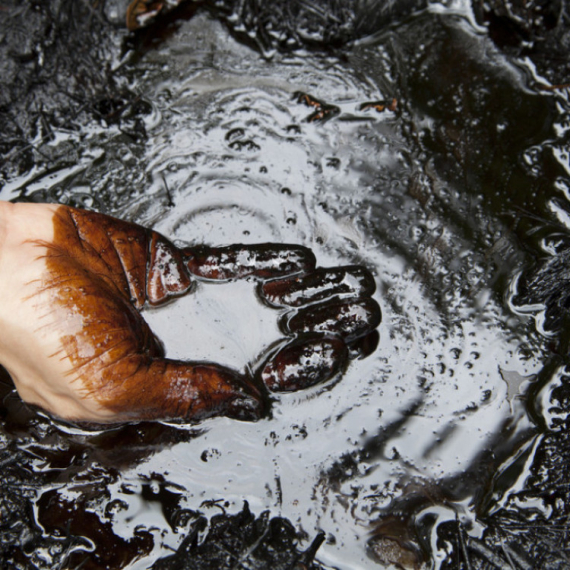
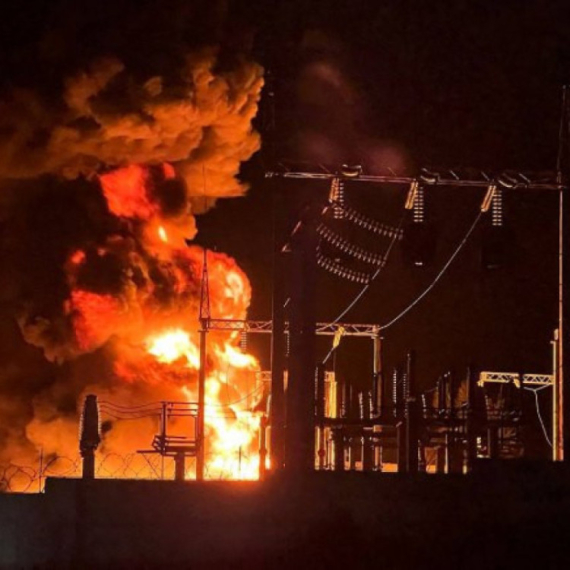


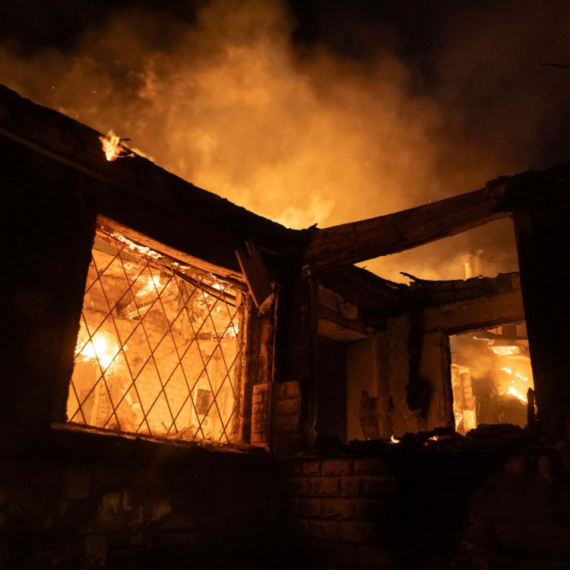




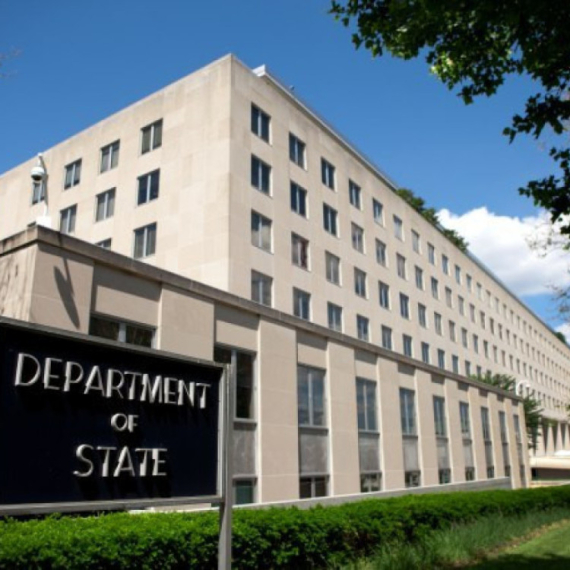


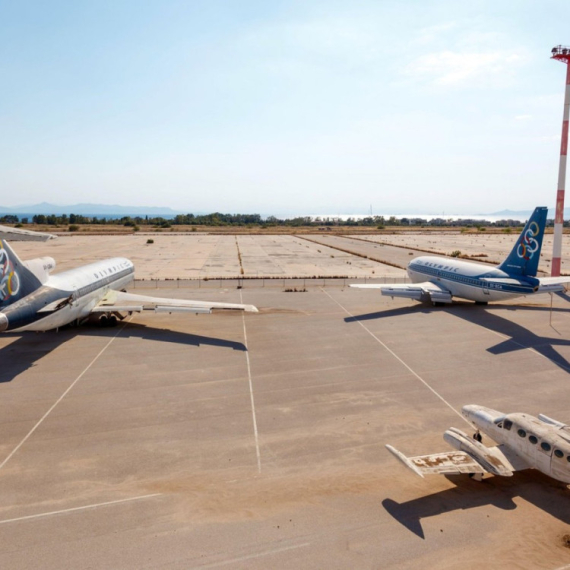
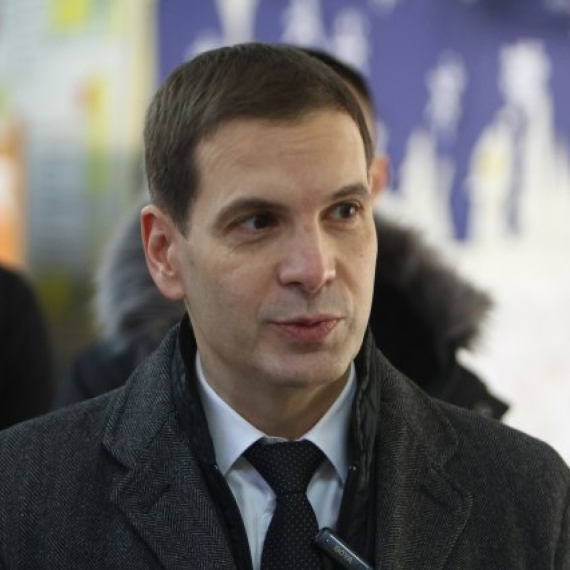
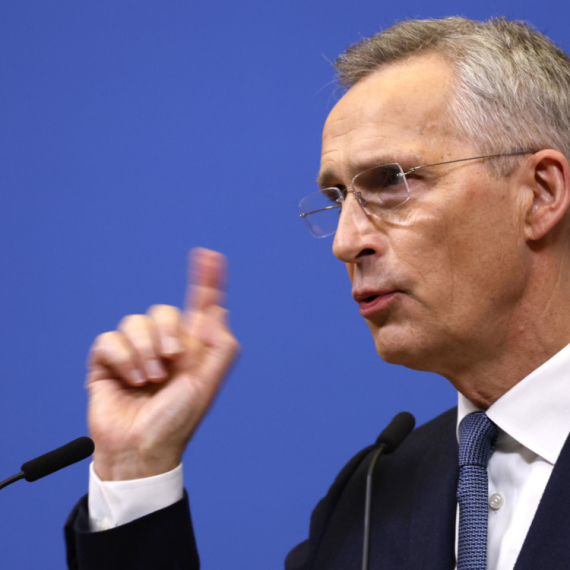
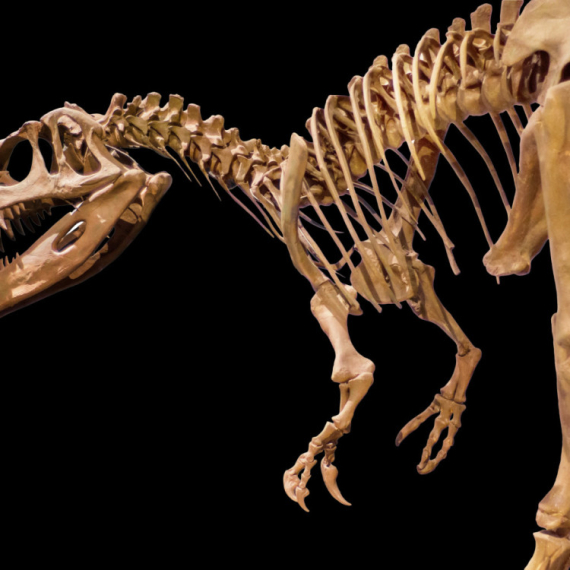
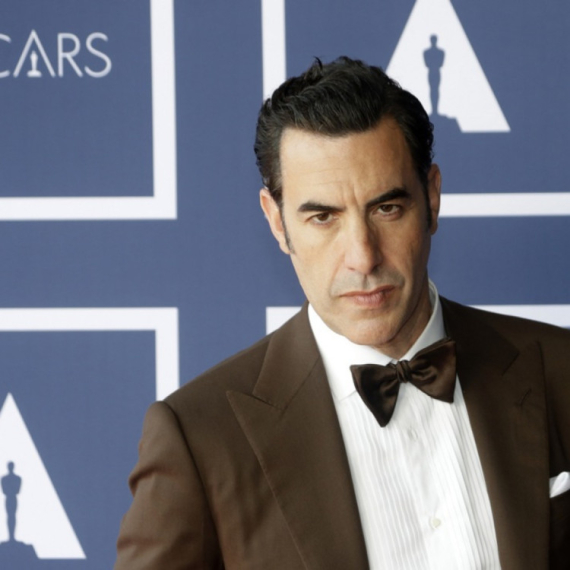



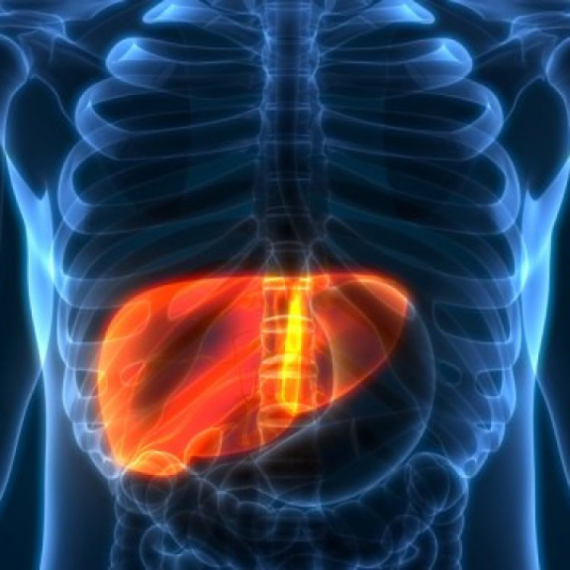


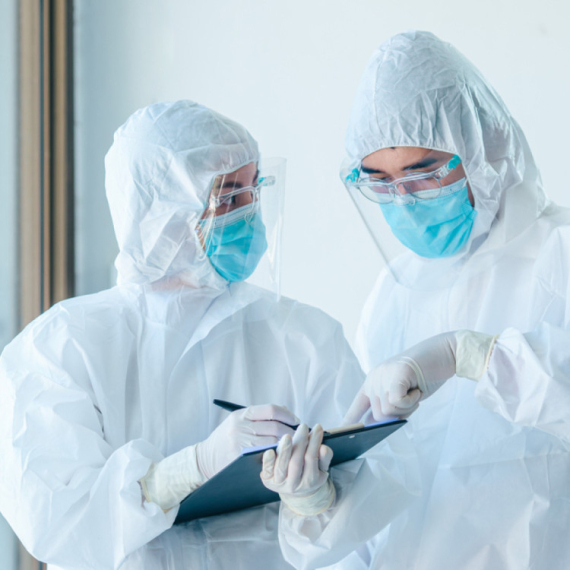



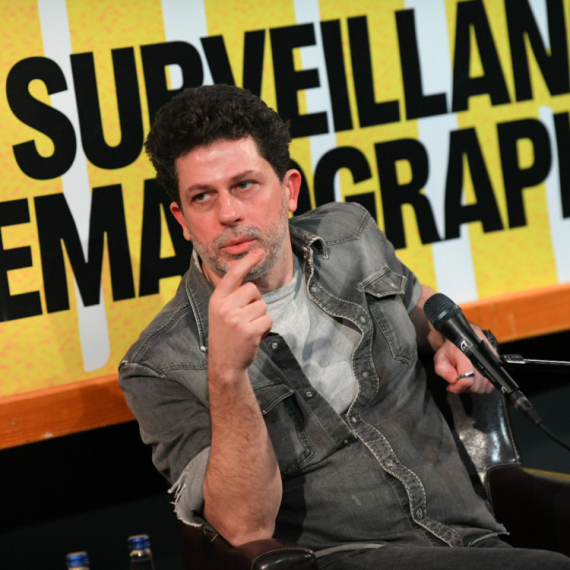

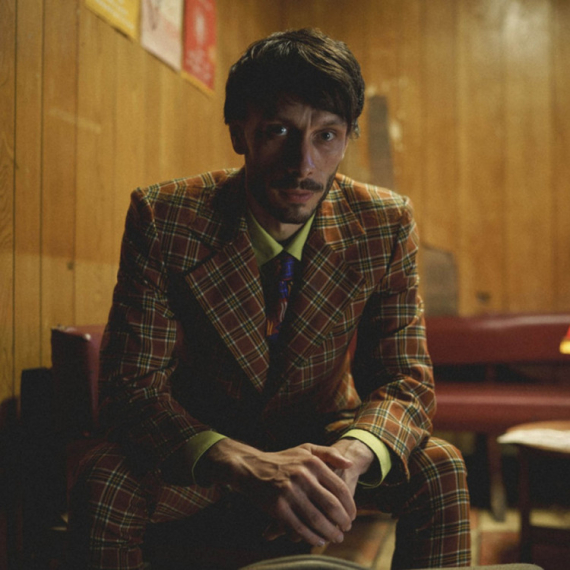







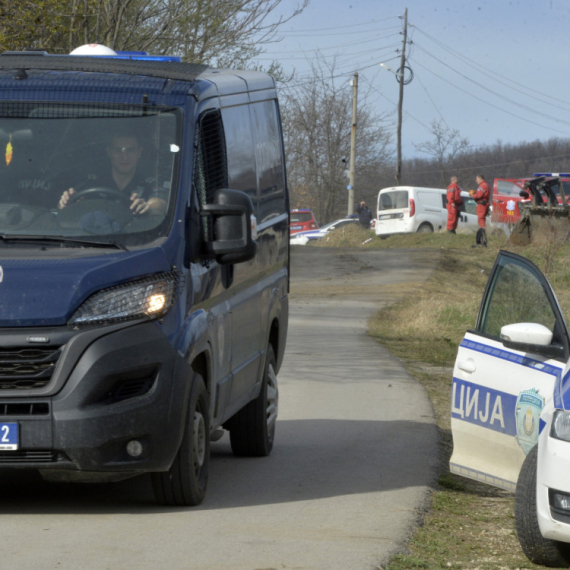
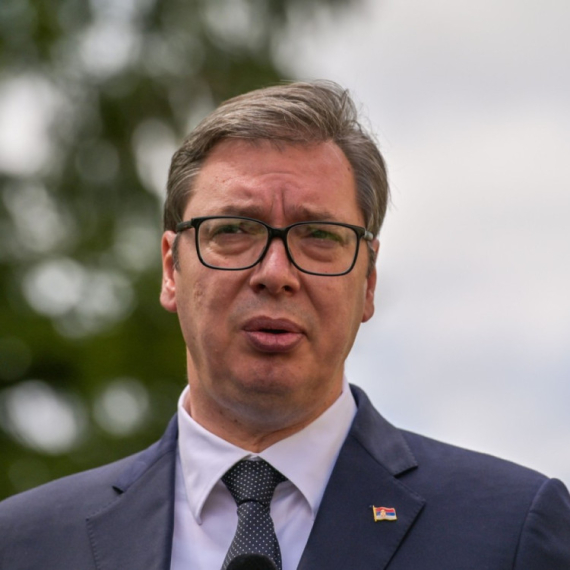



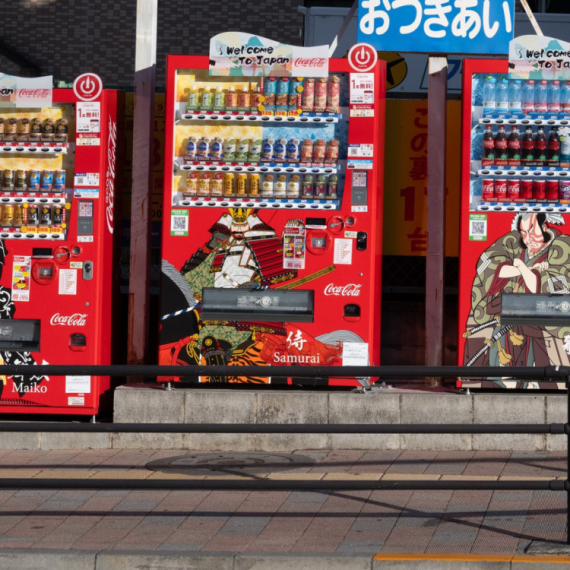





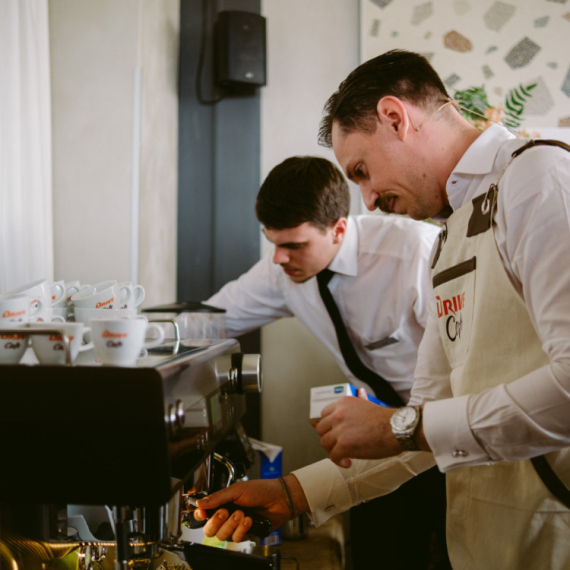




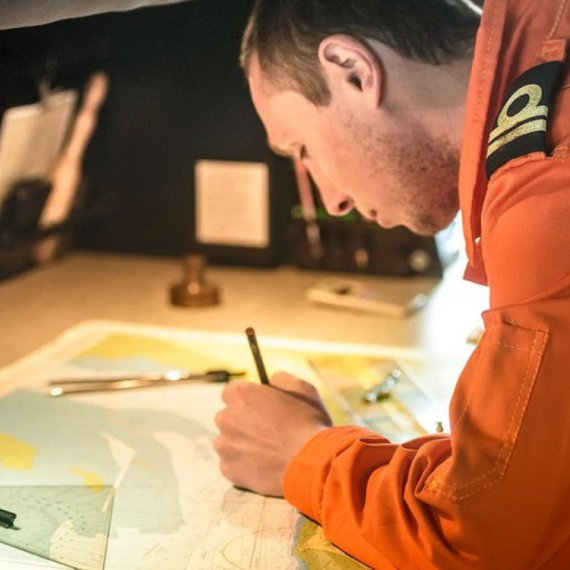


Komentari 0